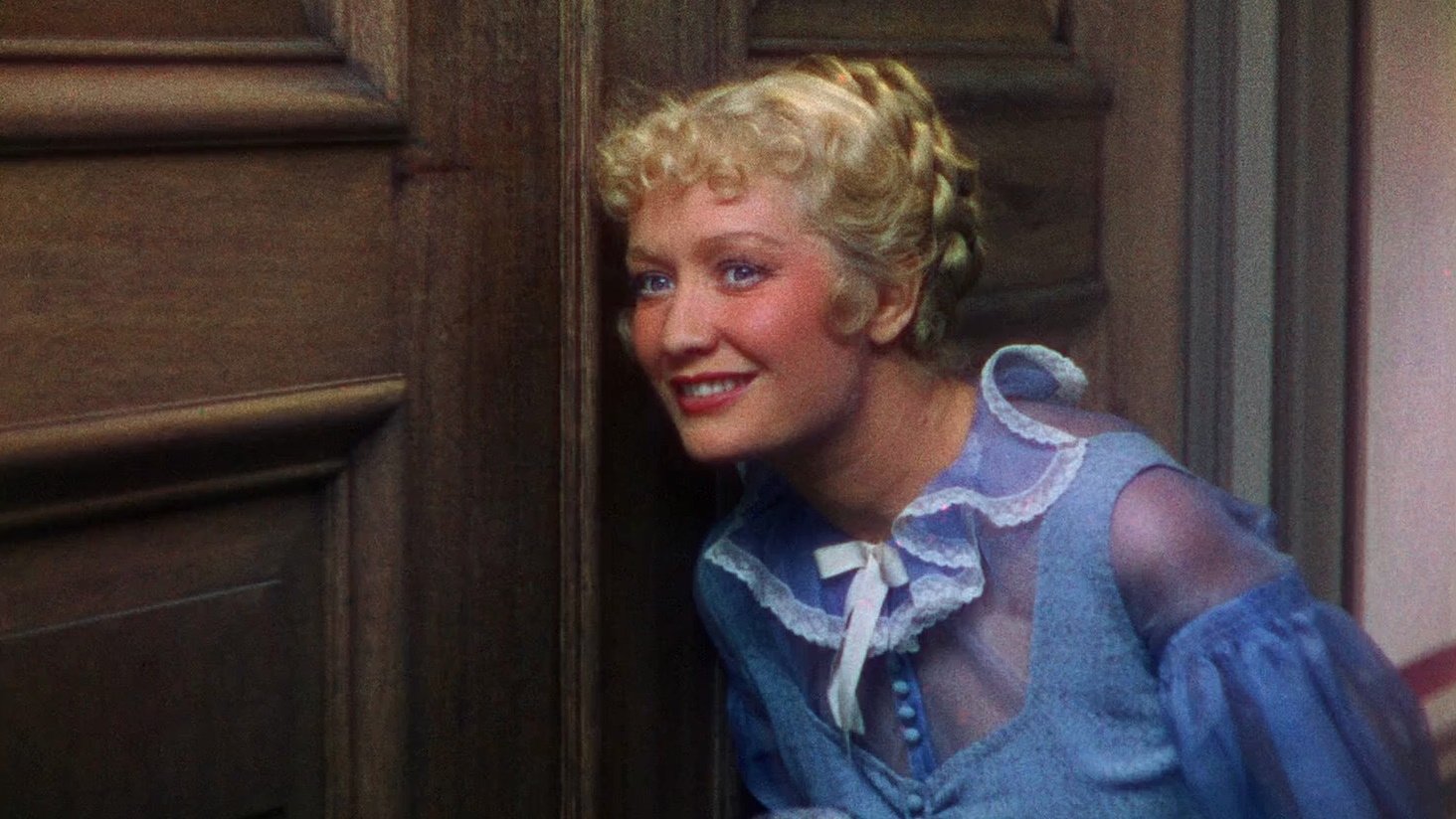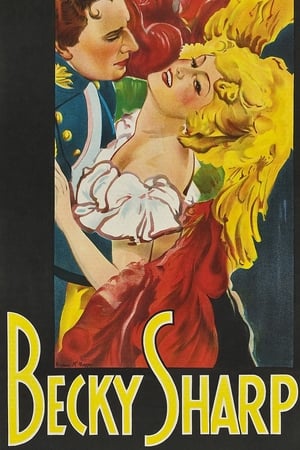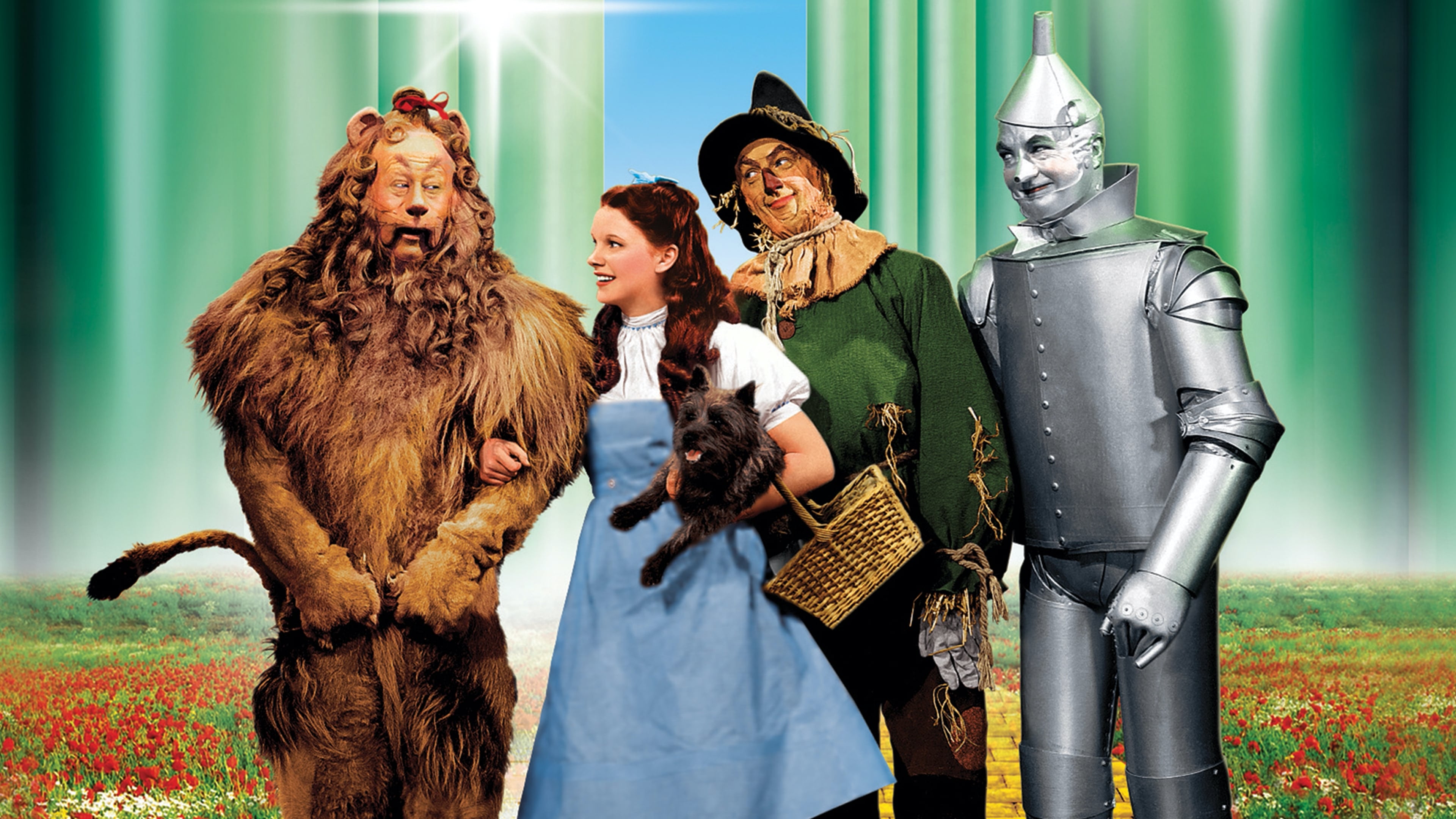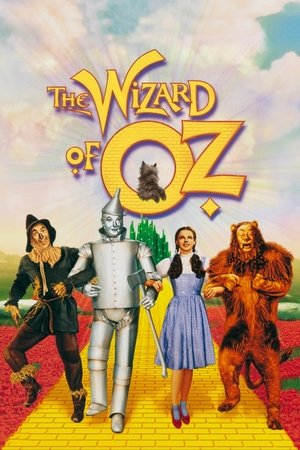In the ever-evolving landscape of cinema, the transition from black and white to color remains one of the most pivotal and enchanting moments.
But what was the first movie to herald this colorful revolution? We embark on a cinematic journey back in time to unveil this groundbreaking moment.
This exploration is not just about identifying the first color film; it’s a dive into the technological innovations, the artistic aspirations, and the cultural impacts that colored the world of motion pictures.
From the earliest experiments in color to the film that finally broke the monochrome barrier, this guide is an homage to the visionaries who brought vivid hues to the silver screen, forever changing the way we experience movies.
What Was the first color movie
What Was The First Color Movie?
The first color movie is a subject of debate depending on how “color” is defined.
The earliest commercially successful natural color film was “A Visit to the Seaside,” created in 1908. This eight-minute British short film showcased the vibrant scenery of Brighton’s seafront in Southern England, utilizing the pioneering Kinemacolor process.
Following this, the first full-length, non-documentary feature film to employ Kinemacolor was “The World, the Flesh and the Devil,” produced in 1914.
This groundbreaking feature-length drama, now unfortunately considered a lost film, holds the distinction of being the earliest example of a feature film using the Kinemacolor process.
Color movies are films that incorporate naturalistic colors in their images, as opposed to the monochrome (black-and-white or sepia-toned) visuals of early cinema.
This transition marked a significant evolution in filmmaking, bringing a more lifelike and vibrant visual experience to audiences.
The advent of color movies also marked a new era in film production, requiring changes in lighting, set design, makeup, and costume design to accommodate the intricacies of color photography.
It influenced genres like musicals and fantasy films, which benefitted immensely from the vibrancy and appeal of color imagery.
Color Movies – An Introduction
In color movies, the images on screen replicate a wide range of colors, closely resembling the way the human eye perceives the real world.
This is achieved through various color processes and technologies. Initially, color in film was a complex and expensive process, involving either hand-painting individual frames, using stencils, or employing early color film processes like Kinemacolor and Technicolor.
Technicolor, in particular, became a dominant force in cinematic color. It initially started as a two-color process but evolved into a three-strip process in the 1930s, offering a richer and more accurate color palette.
This advancement allowed filmmakers to convey mood, atmosphere, and emotion more effectively, enhancing storytelling and viewer engagement.
Color movies represent a significant technological and artistic advancement in cinema, offering audiences a more immersive and realistic viewing experience and opening up new avenues for creative expression in filmmaking.
What Was The First Color Movie?
The identification of the first color movie depends on the criteria used for defining “color.” Early attempts at adding color to films were often labor-intensive processes like hand-coloring, tinting, toning, or stenciling.
However, when we talk about the first color movies in the context of natural color photography, the answer becomes more specific.
Early Hand-Colored Films
Some of the earliest instances of color in movies involved hand-painting colors onto black and white film. Georges Méliès’ A Trip to the Moon (1902) is a notable example, though not a natural color film.
Kinemacolor
Introduced in 1908, Kinemacolor was the first successful color process. It was a two-color system, initially used for short films and then for features.
The World, the Flesh and the Devil (1914), a British film, is often cited as the first full-length color feature film using Kinemacolor.
Technicolor
The first Hollywood film to use the two-color Technicolor process was The Toll of the Sea (1922).
However, Technicolor’s most significant breakthrough was its three-strip process, which first appeared in a full-length feature with Becky Sharp (1935). This film is frequently credited as the first full-length feature in natural color.
Each of these milestones represents a significant step in the evolution of color cinema, from hand-painted frames to sophisticated multi-color processes, marking the journey from the novelty of color to its standardization as an essential element of filmmaking.
Color Films: Timeline
Color movies began to make their appearance in cinemas in the early 20th century, though the journey to widespread adoption was gradual.
Here’s a brief timeline:
Early 1900s
The first color processes, such as Kinemacolor and Technicolor, were developed. Kinemacolor, introduced in 1908, was used for short films and later for the first full-length color feature film in 1914.
1920s
The two-color Technicolor process was introduced, with films like The Toll of the Sea (1922) and The Black Pirate (1926) being notable early examples.
1930s
Technicolor’s three-strip process, which greatly improved the quality and realism of color, was first used in short films and sequences of feature films in the early 1930s.
The first full-length film to use this process was Becky Sharp in 1935. This period marked the beginning of more regular production of color films.
1940s and 1950s
Color movies became increasingly common, although black and white films were still predominant due to the higher costs of color production.
By the mid-1950s, color films became more standard, particularly for high-budget and prestige productions.
The transition from black and white to color was not sudden but rather a gradual shift as the technology improved and became more cost-effective. By the 1960s, color films had become the norm in the film industry.
Timeline of Color Film Technology
The journey to natural color in movies is, in fact, marked by significant milestones:
- Late 1890s: Introduction of hand-painted color films.
- 1908: “A Visit to the Seaside” employs Kinemacolor, showcasing the first natural color process in a commercial film.
- 1914: The World, the Flesh and the Devil uses Kinemacolor in a feature-length film.
- 1916: Technicolor introduces a two-color process, used in films like The Gulf Between.
- 1932: Technicolor’s three-strip process debuts, bringing richer, more accurate color to films.
- 1950s: Eastman Kodak develops Eastmancolor, leading to wider adoption of color films due to its simpler process.
- Late 20th Century: Digital colorization techniques revolutionize post-production, allowing for greater control and creativity in color grading.
This timeline illustrates the rapid evolution and refinement of color technology in cinema, and highlights the industry’s collective commitment to enhancing the visual storytelling experience.
What Was Hand Colorization in Filmmaking?
Hand colorization in filmmaking refers to a technique used in early cinema to add color to black and white films manually.
Before the advent of natural color film processes, filmmakers sought to bring color to their creations by literally coloring the film frame by frame.
This method involved several key aspects:
Manual Process
Artists would hand-paint colors directly onto individual frames of black and white film. This painstaking process required a steady hand and an eye for detail, as each frame of the film (which runs at 24 frames per second) had to be colored individually.
Limited Scope
Due to the labor-intensive nature of hand colorization, it was often used sparingly.
Early films might only have certain elements colored, such as a burst of flame or a splash of water, rather than full scenes.
Aesthetic Effect
Hand colorization created a unique, almost dreamlike quality. The colors were not realistic in the modern sense but gave a surreal, painterly aspect to the films. This imbued early cinema with a distinctive artistic charm.
Popular Usage
Some of the most famous early films, like Georges Méliès’ “A Trip to the Moon” (1902), employed hand colorization to great effect.
These films are now celebrated not only for their historical significance but also for their unique visual style.
Evolution and Decline
As more advanced color filming techniques were developed, such as Technicolor, the need for hand colorization diminished.
However, the method holds an important place in the history of film as one of the first attempts to bring the vibrancy of color to the movie-going experience.
The Early Days Of Color In Film
The advent of color in film, a pivotal shift in cinematic storytelling, began in the early 20th century. Initially, filmmakers used color tints and tones to convey mood or time of day and often hand-colored films, a painstaking process of painting individual frames.
Kinemacolor, introduced in 1908, was the first successful commercial color process, using a two-color system to capture and project red and green hues.
While it couldn’t reproduce the full color spectrum, Kinemacolor represented a significant step towards more lifelike colors in film.
In the 1920s, Technicolor introduced a two-color process that greatly improved color quality in films, used in notable productions like The Toll of the Sea (1922) and The Black Pirate (1926).
However, these early color systems had their limitations: Kinemacolor often resulted in color bleeding and required special projectors, while two-color Technicolor couldn’t reproduce a full range of colors.
A major breakthrough came with Technicolor’s three-strip process in the mid-1930s. This technology recorded the three primary colors separately, resulting in vibrant, lifelike colors, with Becky Sharp (1935) being the first feature film to use this process.
The introduction of color brought a new dimension to storytelling, allowing filmmakers to use color as a narrative device and significantly enhancing genres like musicals, fantasies, and historical epics.
Despite these advancements, the adoption of color films was gradual. They remained a rarity, reserved for high-budget or special productions due to higher costs and technical demands, with black and white films still being the norm for many productions until the 1950s.
This period marked a blend of technical ingenuity and artistic exploration in film, significantly changing the visual experience of cinema and expanding creative horizons for filmmakers and audiences.
What Is Kinemacolor?
Kinemacolor was the first successful color process in the world of cinema, emerging in the early 20th century.
It was a two-color process, developed by George Albert Smith and Charles Urban, that could reproduce a limited range of colors, primarily reds and greens.
Kinemacolor worked by recording and projecting two frames of film for each image, one filtered in red and the other in green. This process required a special camera and projector to capture and display the images.
Although it did not render the full spectrum of colors and sometimes resulted in color bleeding and fringing effects, Kinemacolor represented a significant leap forward in bringing more lifelike colors to film.
This was widely used for short films and several feature-length productions until the emergence of more advanced color processes.
What Is Technicolor?
Technicolor, a name synonymous with color filmmaking, refers to a series of color motion picture processes developed since the early 20th century.
The first Technicolor process, introduced in the 1920s, was a two-color system that significantly improved upon earlier methods.
However, it was the introduction of the three-strip Technicolor process in the 1930s that truly revolutionized the film industry.
This innovative system used three strips of film to separately capture the red, green, and blue components of the color spectrum, resulting in rich, vibrant colors that were more accurate and lifelike than previous techniques.
Technicolor became famous for its saturated, vivid colors and was used in many classic Hollywood films, especially in genres like musicals, adventures, and fantasies.
The process was costly and complex, requiring special cameras and lighting, but it set a high standard for color films and remained popular until the 1950s, when more economical color processes became available.
Hand-Painted Films in Early Cinema
Before the advent of natural color film processes, early cinema saw the use of hand-painted films, where artists painstakingly added color to individual frames of black and white films.
This labor-intensive method was one of the first attempts to bring the vibrancy of the real world to the silver screen.
Dating back to the late 1890s, these films, such as Georges Méliès’ A Trip to the Moon (1902), were colored by hand, frame by frame. This technique, while rudimentary, marked a significant step in the pursuit of more lifelike and engaging cinematic experiences.
It showcased the desire of filmmakers to transcend the limitations of black and white and immerse their audience in a more colorful, albeit manually crafted, visual narrative.
These early experiments laid the groundwork for the technological advancements in color film that would follow.
Impact of Color Films on Cinema

The introduction of color in films revolutionized the cinematic experience. Color brought a new dimension to storytelling, allowing filmmakers to convey moods and themes more vividly.
The use of color became a critical narrative tool, often used symbolically or to enhance the emotional impact of a scene.
In musicals and fantasies like The Wizard of Oz (1939), color emphasized the fantastical elements, creating a more immersive experience.
For the film industry, color films represented a significant commercial advancement, attracting larger audiences and enabling higher box office returns.
However, this transition also meant increased production costs and required new skills and technologies.
The move to color cinema also marked a shift in artistic styles and preferences, with some filmmakers and critics initially resisting this change, citing a loss of the aesthetic and expressive qualities unique to black and white films.
What Is Digital Colorization In Filmmaking?
Digital colorization in filmmaking is a process where black and white, sepia, or other monochrome films are converted into color using digital technology.
This modern technique, which gained prominence in the latter part of the 20th century, involves several key aspects:
Computer-Assisted Process
Digital colorization uses software to add color to each frame of a film. This process is far more efficient and precise than the early hand colorization methods.
Frame-by-Frame Coloring
Similar to hand colorization, digital colorization is applied frame by frame, but it is executed with the aid of computer algorithms. These algorithms calculate the appropriate colors for different objects and textures in each frame based on a colorist’s input.
Artistic Interpretation and Accuracy
Colorists make artistic decisions about what colors to use, often relying on historical references, original set and costume designs, and other sources to make educated guesses about the colors.
The goal is to achieve a look that is both authentic to the era of the film and visually appealing.
Restoration and Preservation
Digital colorization can also be part of a film restoration process. It not only adds color but can help restore the quality of old, degraded film footage.
Controversy and Debate
The practice of digital colorization has been a subject of debate among filmmakers, historians, and film enthusiasts.
Critics argue that it alters the original artistic vision, especially for films that were intentionally shot in black and white.
Proponents, however, see it as a way to make classic films more accessible and appealing to modern audiences.
Technological Advances
Over time, the technology for digital colorization has become more sophisticated, allowing for more natural and convincing colorization that respects the lighting and shading nuances of the original black and white footage.
Digital colorization represents a fusion of technology and artistry in filmmaking, offering a means to re-imagine classic films in color while also stirring discussions about the preservation of artistic integrity in cinema.
Case Studies of Notable Early Color Films
Let’s look at some notable full-length color movies:
Becky Sharp (1935)


Becky Sharp
YOU WILL SEE HER TRANSFORMED BY THE WONDEROUS NEW TECHNICOLOR
1935 • 1h 24min • ★ 5.619/10 • United States of America
Directed by: Rouben Mamoulian
Cast: Miriam Hopkins, Frances Dee, Cedric Hardwicke, Billie Burke, Alison Skipworth
The first feature length film to use three-strip Technicolor film. Adapted from a play that was adapted from William Makepeace Thackeray's book "Vanity Fair", the film looks at the English class system during the Napoleonic Wars era.
Directed by Rouben Mamoulian, “Becky Sharp” is often celebrated as the first feature film to use Technicolor’s three-strip process, heralding a new era in color cinema.
The film demonstrated the dramatic and emotional potential of color, using it to enhance the narrative and draw viewers into the story’s lavish settings.
The Wizard of Oz (1939)


The Wizard of Oz
We're off to see the Wizard, the wonderful Wizard of Oz!
1939 • 1h 42min • ★ 7.591/10 • United States of America
Directed by: Victor Fleming
Cast: Judy Garland, Frank Morgan, Ray Bolger, Bert Lahr, Jack Haley
Young Dorothy finds herself in a magical world where she makes friends with a lion, a scarecrow and a tin man as they make their way along the yellow brick road to talk with the Wizard and ask for the things they miss most in their lives. The Wicked Witch of the West is the only thing that could stop them.
One of the most iconic films in cinema history, “The Wizard of Oz” utilized color in a way that was integral to its storytelling.
The transition from the sepia-toned Kansas to the vibrant Land of Oz provided a visual metaphor for the film’s themes of fantasy and adventure. Its use of color not only enhanced the magical quality of Oz but also left a lasting impact on popular culture.
These case studies exemplify how early color films began to explore and utilize the full potential of color in cinematic storytelling, setting the stage for future innovations and creative uses of color in film.
Ready to learn about some other Film Movements & Film History?







